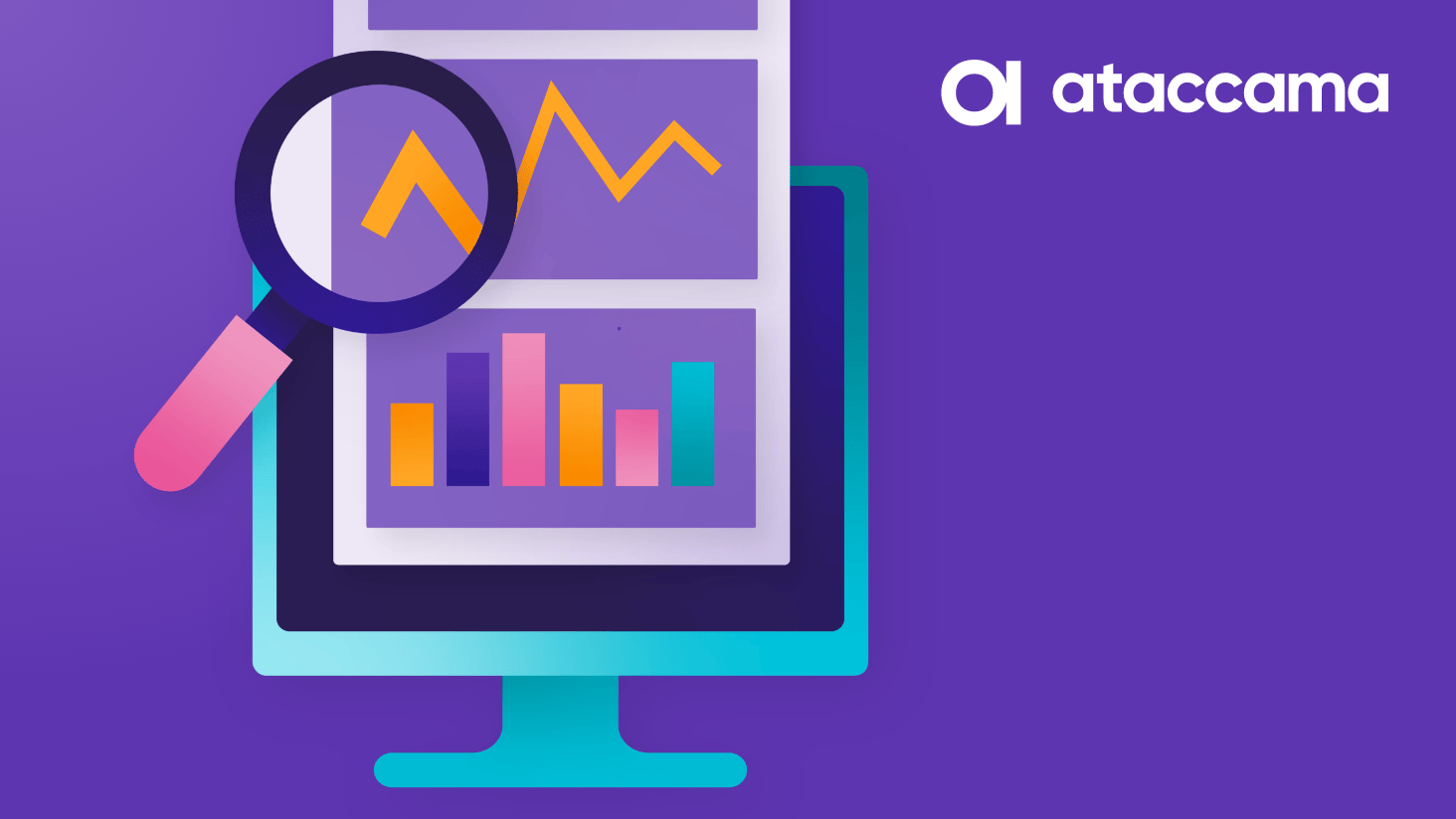Industry
IT Services and consulting
Challenge
Heavy reliance on data without a formalized data governance program
Goal
Implementing a data governance program and a data catalog
Solution
A catalog of catalogs for a single source of truth for LOB managers and sales force
Key results
- A data governance program stood up in 12 months.
- Data lake ingestion and data product creation process shortened from three months to two weeks.
- Salespeople have a catalog of data products to offer to customers and prospects.
- Company leadership puts more trust in data for M&A decisions.
Data stack
The Situation
Our client is a leader in the delivery of property registry solutions and real estate data products. They offer insightful property intelligence and data insights to thousands of customers in the real estate, financial services, government, utilities, and legal markets.
Leveraging high-quality data serves as their foundation for creating value, making them a trusted source for the delivery of market and registry intelligence. That’s why the data they work with is not only a source of business intelligence. It’s also a valuable product they sell and is integral to their portfolio.
Business objective
Accelerate the creation of accessible, reusable, and secure data products
Their data science lab works closely with clients to deliver customizable solutions tailored to specific needs. One of their objectives is to build data products faster to better serve the over 80,000 customers who trust their data. At the same time, because the company operates in a heavily regulated environment, it’s essential to ensure speed doesn’t trump quality. Their data products must be usable, accessible, secure, and in line with customer agreements.
The Challenge
Creating and implementing a data governance program in a heavily regulated market.
The client's main challenge with data came from the lack of a data governance program. Without data owners, stewards, or custodians, they could not correctly track and understand what data they had. That resulted in situations where data quality was not up to their gold standard. As a result, the company hired its Head of Data Governance with a clear goal in mind: create and implement a data governance program.
“We wanted to catalog existing data so that everyone would have access to the inventory of our data assets alongside classification capabilities so that they know how to handle and use that data.”
Head of Data Governance
These are the main objectives that were set up as part of the data governance program:
- Creating a data stewardship community and assigning data owners
- Having a better understanding of what data is available
- Proactively managing data quality processes
- Classifying data automatically according to existing classification policies
- Protecting and securing customer’s and partner’s sensitive data
The final challenge was finding the right solution, a unified data management & governance platform, to help the team achieve its objectives.
The Solution
A flexible and highly customizable data catalog for building and managing data products
The selection process came down to five vendors, with Ataccama being selected to help them realize their vision. Starting with a POC, the company successfully onboarded one line of business in a month. Within 12 months, all lines of business were onboarded, with data cataloged and monitored.
A particular use case for the organization meant that the data products (secure and reusable data sets) had to be accessed by different people inside the organization for various purposes. To create the data products, Ataccama helped monitor data throughout its entire lifecycle: from adding aggregated or raw data into the systems to ingesting it into a data lake and then transforming and cataloging the data. In the end, the data governance team created multiple types of catalogs within Ataccama ONE to serve teams across the organization:
- Enterprise catalog: contains the entire ecosystem of data
- Data lake: data used internally for quick reference
- Inbound catalog: anything coming from outside the company (open or purchased data)
- Outbound catalog: data products go here and are delivered to the companies’ clients
For the organization and its head of data governance, success meant:
- Classifying all the data as master, reference, system, and authentication data inside the catalog
- Applying rules to business terms so that DQ monitoring works appropriately and is, to an extent, automated
- Profiling data every day to detect anomalies and constantly training the AI
- Self-service data discovery in the business glossary
- Straightforward implementation and integration of the tool with their systems
Results
6x uplift for building data products
The primary return on investment was the implementation of an entire data governance and management process in less than a month for a line of business. Such a framework meant replicating this process for all LOBs would be easily achievable. A total of 250 data stewards (business people) registered and started using the Ataccama ONE Data Catalog to ensure they had access to high-quality data.
The organization also agreed on what business terms they needed in order to classify data. In total, they managed to add:
- 30000+ tables and counting
- One data lake
- On-prem operational data (SQL servers, Progress, and Oracle)
- 200+ business terms
The following are some key benefits that resulted post the implementation of Ataccama ONE:
- The data lake ingestion process was shortened from three months to just two weeks, allowing data engineers to create data products easier and in a self-service manner.
- Salespeople can better understand what data products are at their disposal directly in the Data Catalog, substantially reduce lead conversion times, and have more confidence in the quality of the solutions sold to their customers.
- The leadership team of our client now puts more trust in data and makes better merger & acquisition decisions.
The Future
More self-service data quality management
Our client’s vision for the future revolves around expanding the data quality program and implementing self-service mitigation. Empowering people to take control of data and be more proactive instead of reactive is the key to future data-related implementations.
The team is also looking to build on these initiatives in the next couple of years:
- Data discovery for mergers & acquisitions
- Data policy lifecycle management
- Implement a Data Fabric methodology as part of their data quality program
- Data observability
- Data lineage
Finally, data stories are another key area of growth, as they want salespeople to answer customer-centric questions quickly. Instead of waiting for reports to be created, they would have access to aggregated data inside the data stories module for easy sharing outside the organization.


